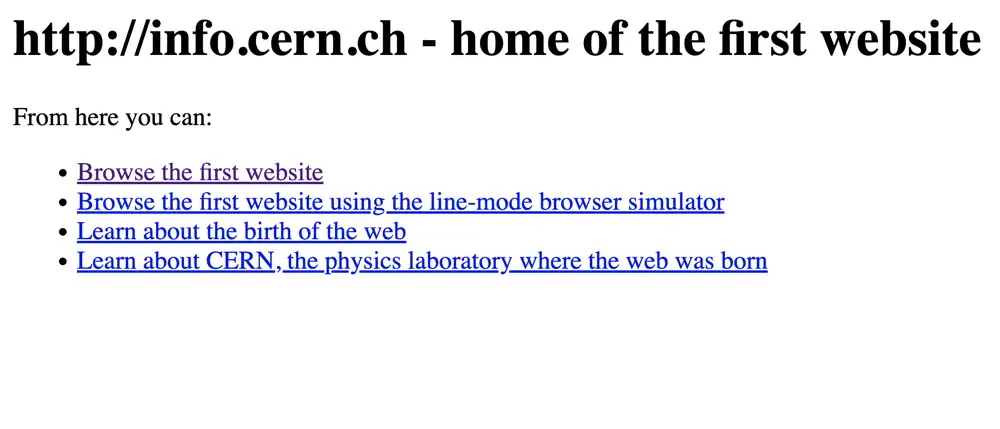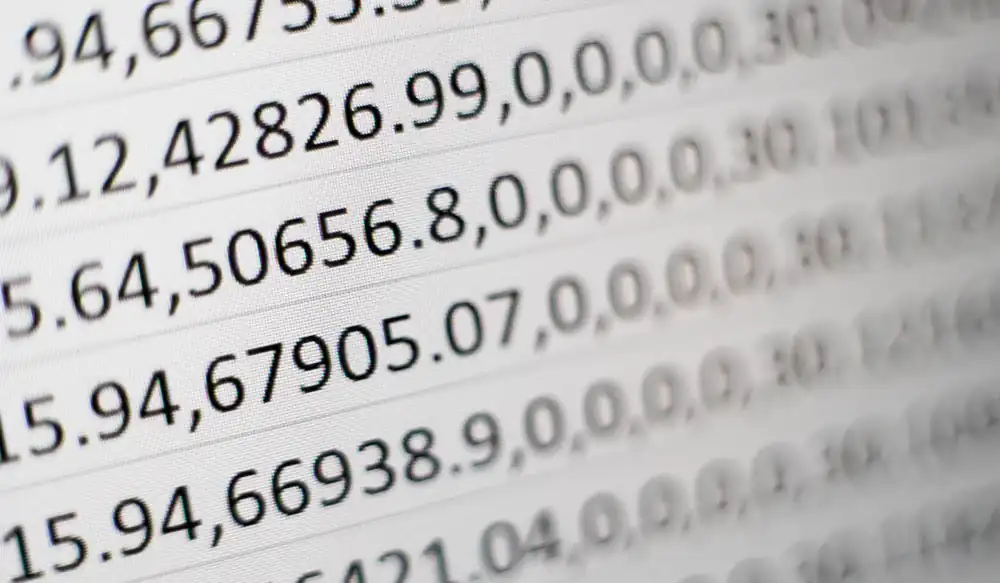
PNG: The Ultimate Guide to High-Quality, Transparent Images
PNG files are a go-to image format for web designers looking to display high-quality graphics with transparent backgrounds. As an upgrade to the popular GIF format, PNGs offer both lossless compression and a much wider color gamut. In this article, we'll explore the benefits and drawbacks of PNGs, their common use cases, and how you can create your own PNG images.
PNG Tools from DualRO ToolBox
Convert PNG to BMP Convert PNG to GIF Convert PNG to WebP Convert PNG to JPG Convert PNG to ICO
What is a PNG File?
PNG stands for Portable Network Graphic, a type of raster image file. Web designers love PNGs because they can handle graphics with transparent or semi-transparent backgrounds. The file format isn't patented, so you can open a PNG using any image editing software without the need for licensing.
PNG files, which use the .png extension, support up to 16 million colors — a significant step up from most other file types.
The History of PNG Files
The PNG image format made its debut in 1995, with IT expert Oliver Fromme coining the original name "PING" (later shortened to "PNG").
PNGs evolved from the GIF format, which had been around for eight years prior. However, GIFs had several limitations, such as requiring a patent license and only supporting a limited 256-color palette that couldn't keep up with improving screen resolutions. PNGs addressed these issues by being patent-free and offering a much larger color palette. Unlike GIFs, PNGs are a single-image format and do not support animation.
What are PNG Files Used For?
The versatile PNG format has many uses, including:
-
Logos with transparent backgrounds: Designers often choose PNGs for logos because the format supports transparency, allowing them to place logos on various backgrounds seamlessly.
-
Online charts and graphics: PNG's lossless compression retains all original image data, making it ideal for detailed web graphics and charts where preserving information is crucial.
Pros and Cons of PNG Files
Before deciding to use PNGs, consider these advantages and disadvantages:
Advantages
-
- Supports millions of colors for more detailed images compared to GIFs
- Open format with no patent, viewable and editable in many programs
- Lossless compression retains all original data for easy storage and transfer
Disadvantages
-
- Larger file sizes than GIFs or JPEGs due to lossless compression
- Designed for web use, lacking CMYK color mode support for printing
- Larger file sizes can slow down web page loading and responsiveness
How to Open a PNG File
Almost all built-in image editing programs can open PNG files. On Mac or Windows, simply search for the file name and double-click it, then choose the desired program from the options provided.
Major web browsers like Chrome, Edge, and Safari can also display PNGs. Simply drag and drop the file from your desktop into the browser window.
PNG vs. JPEG: What's the Difference?
The key difference is that PNGs use lossless compression while JPEGs do not. This means PNGs retain all image data during compression, while JPEGs lose some data. However, this lossless compression results in larger file sizes for PNGs, requiring more storage space compared to JPEGs.
While PNGs have become a staple in web design, their larger file sizes can impact page load times. By understanding the strengths and weaknesses of the format, you can make informed decisions about when to use PNGs in your projects and how to optimize them for the best performance.







